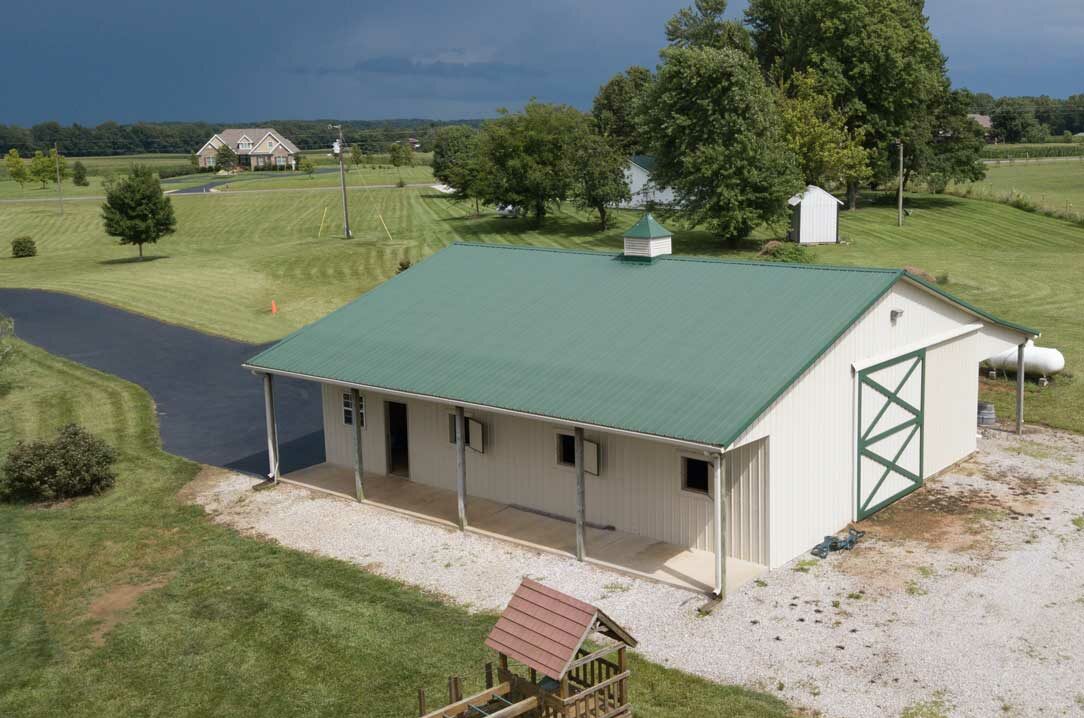Utah is home to urban cities like Salt Lake City, which ranks #30 among the nation’s best large cities, with 18,000 breathtaking farmlands, stretching over 11 million acres.
Though Utah’s tech industry generates an estimated $1 billion in state tax, it also boasts a profitable agricultural sector. The noteworthy aspect is that 75% of the state’s agricultural income comes from livestock. And if you are a part of such industries, you will need a spacious storage facility to maintain your inventory.
The trusted Utah pole barns are the best solutions for all your storage needs, ensuring smooth business operations. Here’s what you should know about pole barns before investing in quality pole structures in the Beehive State.
What are Pole Barns?
Pioneered in the 1930s, the pole building in Utah got its name because the original construction had poles in the frame structure.
They have a post-frame construction with horizontal columns, called girts, connecting the vertical columns and forming the walls. And then there is a triangle-shaped roof beam that attaches the sturdy roof to the wall columns.
Unique Pole Barn Layouts
Did you know that Utah’s meat sales contribute to nearly $600 million, and the Beehive State ranks in the top 10 nationally for apricots?
You need easy access to your inventory for such applications, and pole barns offer the perfect layouts best suited for your storage needs. If managing sheep stock, you could go for long Utah pole barns with required traffic lanes and sufficient ventilation to maintain hygiene.
However, the contemporary layouts have compelled Utahns to consider these pole structures for garages and tiny homes.
Quality Construction Material
The traditional pole barns in Utah have predominantly been wood. Of late, farm owners and industrial customers in the Beehive State, inclined towards steel to construct large pole barns.
As the steel in Utah comes from recycled material, and the structure is simple, there is not much wastage.
Integrated Design Elements
The sophisticated pole barns in Utah have quality design elements such as electrical work and floor insulation, a must when you build a reliable pole structure.
You can have a steady pole building for 15-20 years with the right engineering, be it in a region like Wasatch Front that receives heavy rainfall or the dry Great Basin.
Value for Money
Even though Utah has a dry and semi-arid climate in most parts, there are regions like the Rocky Mountains, which experience heavy snow.
Irrespective of the terrain, the pole structure remains simple. So, the labor cost is relatively minimal.
Besides, pole barns are customizable, and you do not need a permit for a structure within 200 square feet, as per Utah building laws. For instance, you are using your pole building for beef stock, a top commodity in Utah, which accounts for over 20% of its entire raw agriculture sales. On a later date, you can convert your pole barn into a workshop, making the pole structure an excellent investment. In recent years, Utah’s agricultural sector has contributed to over 15% of its total financial output. Also, the Beehive State has a 63% increase in certified organic producers. Whether it’s an inventory like hay, Utah’s largest crop, or heavy-machinery, consulting a specialist for a pole barn construction is a one-stop solution to all your storage requirements.








